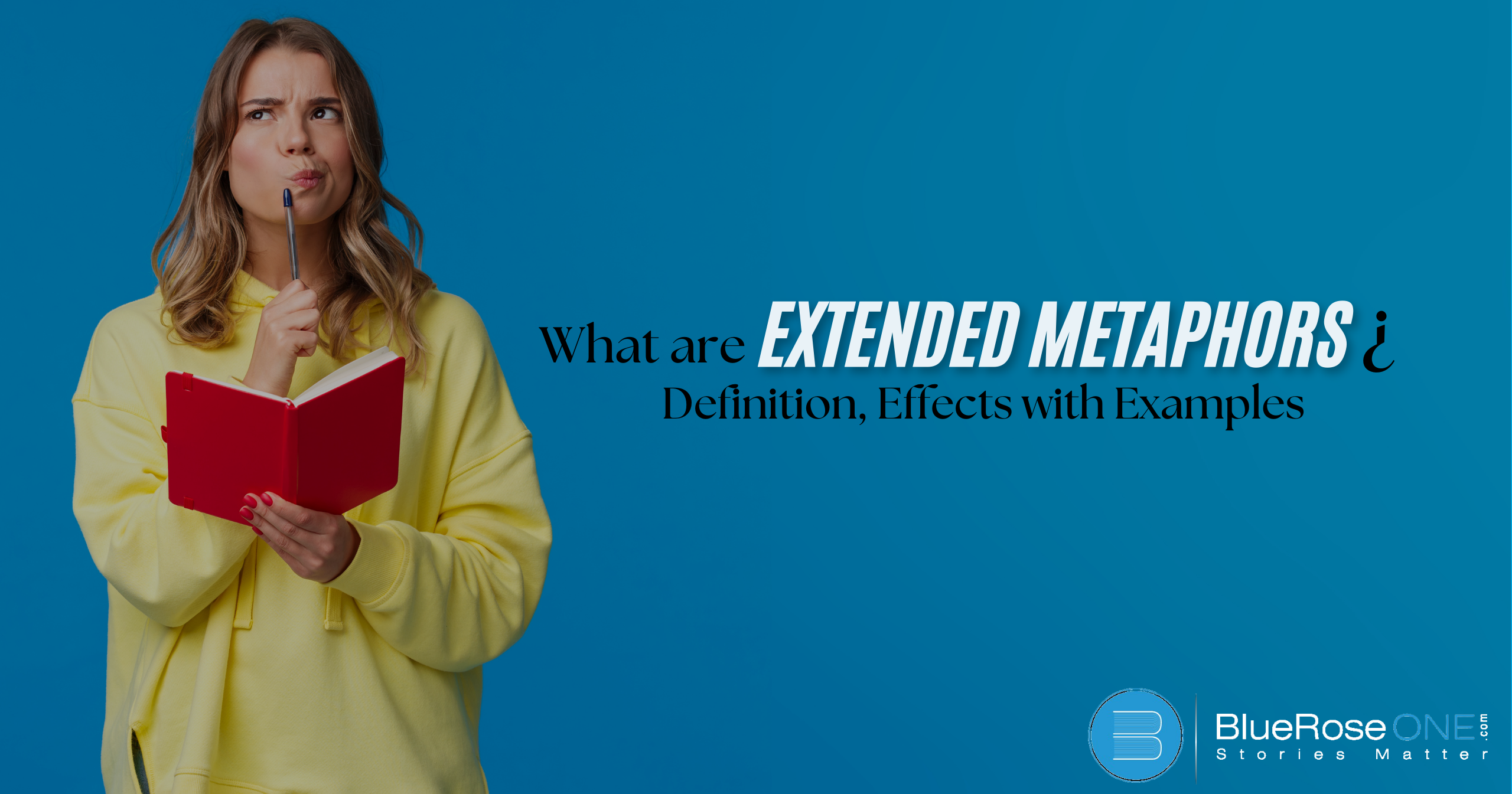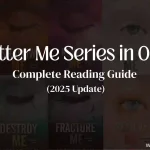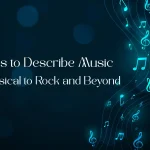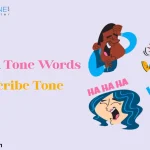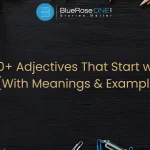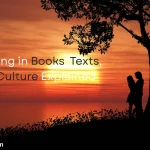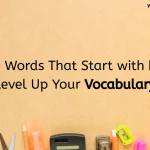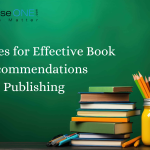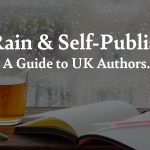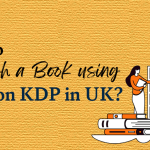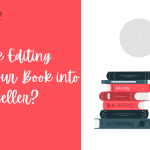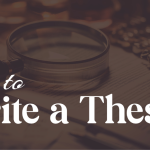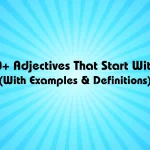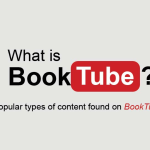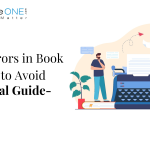By extending a single comparison across a narrative, extended metaphors give stories more depth and aid readers in visualizing difficult ideas. These literary techniques, which are frequently used in both literature and daily speech, enhance the emotional effect and create richer images. Let’s examine extended metaphors, their functions, and some noteworthy instances.
What is an Extended Metaphor?
A simple metaphor is developed across a number of lines or even paragraphs in an extended metaphor. An extended metaphor lingers on a topic, giving the initial imagery more depth and richness than a conventional metaphor, which might only offer a fleeting parallel. This literary device is frequently employed to highlight themes and give a story additional levels of meaning.
How Do Extended Metaphors Work in Writing?
Extended metaphors use imagery and symbolism to evoke deeper meanings. They are employed by authors to create intricate analogies that may represent a character’s journey, difficulties in life, or even nuanced feelings. Because they inspire readers to decipher and interact with the images more deeply, they strike a chord with them.
You may also like: WhiteSmoke Review: Features, Pricing, Pros & Cons
Why Use Extended Metaphors in Literature?
Extended metaphors serve several purposes in literature. These are:
Enhance Themes: By using well-known pictures to illustrate difficult concepts, extended metaphors assist authors in highlighting and deepening themes in a narrative.
Extended metaphors help people understand and recall abstract concepts like love, war, or freedom by relating them to tangible events or things. The narrative is made richer by this layering, which enables readers to empathize with the story more deeply and feel the theme’s emotional impact more strongly.
Generate Vivid Imagery: By enabling readers to picture difficult concepts through relatable analogies, extended metaphors aid in the creation of vivid imagery.
Through the use of metaphors that span sentences or paragraphs, authors help readers visualize abstract ideas in greater depth. Scenes, people, and ideas become more memorable when the senses and emotions are stimulated by the use of rich, multi-layered language.
For instance, using the phrase “journey through uncharted waters” to describe love might arouse sentiments of risk, thrill, and exploration.
Deepen Emotional Impact: By enabling readers to relate to complex emotions in relatable ways, extended metaphors can heighten their emotional power.
Writers produce a deeper, more engaging experience by refining an idea through levels of comparison. For instance, depicting sadness as an unending ocean makes it seem more vivid and communicates the overwhelming magnitude of pain.
This method improves empathy and story engagement by allowing readers to delve into the subtleties of characters’ inner lives while also fortifying the emotional resonance.
You may also like: Footnote vs Endnote: What’s the Difference and When to Use Each?
Effects of Extended Metaphors on Readers
Readers are drawn in by extended metaphors, which enable them to vividly see the connection. By associating abstract feelings with tangible pictures or behaviors, they can elicit empathy and a feeling of comprehension. Readers and the story become closer as a result of this influence.
Difference Between Extended Metaphors and Allegory
Allegories and extended metaphors both carry deeper meanings, but extended metaphors stay in the text as a single, continuous metaphor, while allegories are frequently complete narratives with a symbolic message. An extended metaphor could be a lengthy section of a story, but an allegory could be a whole story.
Extended Metaphor Examples in Literature
Here are ten powerful examples of extended metaphors in literature that illustrate their impact and depth:
1. “The Road Not Taken” by Robert Frost
Frost’s poem uses the metaphor of diverging paths to represent life choices, portraying decisions as roads in a forest that each lead to unique destinations.
2. “Hope is the Thing with Feathers” by Emily Dickinson
In this poem, Dickinson likens hope to a bird that perches within the soul, singing through life’s storms. This metaphor expands as she elaborates on how hope persists, even in hardship.
3. “O Captain! My Captain!” by Walt Whitman
This poem about Abraham Lincoln’s death draws a comparison between the late president and a ship captain guiding his nation through the turbulent times of the Civil War.
4. “Life’s a Rollercoaster”
In common use, life as a rollercoaster symbolizes its ups and downs. The metaphor extends as people describe twists, turns, highs, and lows of experiences.
5. “All the World’s a Stage” by William Shakespeare
In As You Like It, Shakespeare compares life to a stage, where people are actors who play various roles through different stages of life.
6. “Fog” by Carl Sandburg
Sandburg compares fog to a silent cat that “comes on little cat feet,” illustrating the quiet, creeping nature of fog over a city.
7. “The Raven” by Edgar Allan Poe
The raven in Poe’s poem symbolizes grief and loss. Through repeated imagery, the bird becomes a persistent reminder of sorrow and despair.
8. “The Ship of State” by Plato
In political philosophy, Plato compares the governance of a nation to the navigation of a ship, where leaders are like captains steering through turbulent waters.
9. “A Noiseless Patient Spider” by Walt Whitman
Whitman uses the metaphor of a spider spinning its web to explore the human soul’s desire to connect with others.
10. “The Rose that Grew from Concrete” by Tupac Shakur
Shakur’s metaphor illustrates resilience, comparing a rose growing in concrete to overcoming hardships in life.
How to Identify Extended Metaphors in Texts
To identify an extended metaphor, look for:
- A Central Comparison that unfolds across sentences or stanzas.
- Consistent Imagery that relates back to a single metaphorical idea.
- Symbolic Language used to elaborate on a theme or emotion.
You may also like: List of Nobel Prize Winners in India (Updated)
Creating Your Own Extended Metaphor
Want to try crafting an extended metaphor? Follow these steps:
- Select a Core Idea: To begin, decide which central notion you wish to convey using the extended metaphor. This theme should encapsulate your writing’s primary emotion, point, or idea. For instance, you may use the idea of a journey or a mountain climb if your writing is about learning. The entire metaphor will be shaped by this central idea, which will also provide readers with a familiar and easy-to-follow visual as they comprehend your message.
- Find a Comparison: Find a Comparison: To begin, consider a straightforward comparison that best captures your concept. Pick two objects that appear to be different but have a same essential characteristic. For instance, it makes sense to compare “life” to a “journey” because both entail advancement, difficulties, and destinations. Look for a contrast that gives people a new perspective on your concept. Your extended metaphor will be based on this comparison, which will direct the connections you make in your work.
- Develop the Imagery: The goal of a powerful extended metaphor is to use clear, vivid images. Using sensory-rich language, consider specifics that make your metaphor come to life. If life were a voyage, for instance, explain the rocky roads, unanticipated turns, and wide-open spaces. Including sensory details, like the sound of footfall or the sensation of rain, can enhance the metaphor and make it easier for readers to picture and relate to the concept you’re expressing.
- Expand Gradually: It’s crucial to construct an extended metaphor gradually while creating one. To make a basic concept more vivid and significant, add specifics later. When comparing life to a voyage, for instance, start by outlining the route and then include details like roadblocks, detours, or objectives. Your metaphor will develop organically if you expand it gradually, providing readers with a vivid, captivating image without being overpowering.
Impact of Extended Metaphors on Storytelling
Extended metaphors enhance storytelling by:
- Supporting Character Development: Extended metaphors that support character development help readers better comprehend a character’s qualities, challenges, and development. Authors can uncover facets of a character’s personality and journey by relating them to a more expansive metaphor, such as a tree that endures storms and develops over time. Because readers may see the characters’ changes reflected in well-known pictures, this method gives characters a realistic and relatable sense. Character arcs become more interesting when extended metaphors are used, strengthening the bonds between the viewer and the narrative.
- Setting the Mood: Extended metaphors are effective storytelling devices that use a single comparison to establish the mood of a scene or a whole narrative. This recurring metaphor creates a certain mood by influencing the reader’s emotional reaction. Readers may become tense or intrigued, for example, if a novel compares a voyage to a dark jungle. By maintaining this imagery, authors create a rich atmosphere that draws readers into the emotional terrain of the story and strengthens their bond with it.
You may also read: Top 10 Hugo Award Winners Novels You Must Read
Tips for Writing Effective Extended Metaphors
To write engaging extended metaphors:
- Be Consistent: When writing a lengthy metaphor, it’s critical to maintain the same analogies throughout. Midway through, changing the metaphor can confuse readers and lessen the impact. If you begin by comparing a person to a tree, for instance, use imagery associated with trees, such as roots, branches, and leaves. Steer clear of irrelevant analogies, such as comparing them to a river, as this disrupts the metaphor’s coherence and flow. Maintaining consistency enhances the metaphor’s effect and keeps readers interested.
- Make It Relevant: Make sure your extended metaphor is pertinent to your writing’s core idea or theme in order to have a powerful effect. Select a metaphor that naturally relates to your subject and speaks to the experiences of your audience. A pertinent metaphor makes the message more relatable to readers by relating difficult concepts to something they already understand. When talking about teamwork, for instance, equating it with an orchestra in which every member plays a distinct part produces an understandable and relatable picture.
Common Mistakes to Avoid with Extended Metaphors
Avoid:
- Forcing Comparisons: Forcing comparisons that don’t make sense is a typical error made when using lengthy metaphors. The metaphor feels strange or perplexing when the things being compared are too dissimilar. Comparing a person’s career to a river, for example, might work, but if the pieces don’t fit together properly, comparing it to a jigsaw puzzle might not make much sense. By avoiding forced parallels, the metaphor remains apparent and readers are able to relate to the notion without having to work hard to make the connection.
- Using Unrelated Imagery: Using irrelevant imagery that leaves the reader perplexed is a common error made while employing lengthy metaphors. The connection may become hazy, for instance, if you describe a storm at sea after comparing a person’s trip to a tree growing in a forest. This may detract from the main point. Make sure that every image utilized in the metaphor closely relates to the main idea in order to preserve clarity. This will help to reinforce rather than complicate the meaning.
Conclusion
Extended metaphors breathe life into writing, giving readers a way to experience themes and emotions vividly. By experimenting with extended metaphors, you can add depth to your writing and create lasting impressions.

